|
For the next 12 weeks, we will be studying what God created on the fourth day of Creation, the sun, moon and stars. opening activityOur first activity for class was putting together different puzzles of significant people who have made a considerable impact on what we study today in Astronomy. I picked the puzzle activity because it seemed to me as I researched the history of astronomy that each significant person had one piece of the puzzle that is coming together even more today. Discovering how our world 'hangs' in space, moves in space and exists compared to other celestial bodies is very fascinating. When you look at the timeline of discoveries in Astronomy, at the beginning, these men and women had to wait hundreds of years for the next 'puzzle piece'. Even so, there is a plumb line through all the discoveries and miscalculations even and it is God and His Word. While science changes everyday, God and His Word do not change. I am so thankful that the Word of God is not a science textbook. If it were, it would need to be updated and changed frequently as our textbooks. Rather, in God's Word on multiple occasions has spoken to us about space, the stars, our planet with truths that were proved much later in history. Science Changes But God and His Word Does Not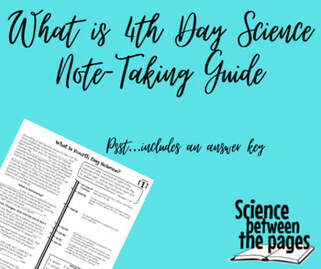 .Although the Bible is not a science textbook, it is a testimony of who God is and what He has done. There have been several instances in our history where scripture revealed a truth before scientists discovered evidence to support it. For example, God used Isaiah (Isaiah 40:22, 700 BC) to describe the Earth as a round object 200 years before Pythagoras first proposed it was a sphere. Likewise, God used Job (Job 26:7, 2,000 BC) to poetically describe how the Earth hangs on nothing–almost 4000 years prior to Isaac Newton’s formal law of gravitation was formalized. God also revealed through Isaiah that the heavens are stretched like a curtain and spreads them out like a tent–a truth about the expanding universe that Edwin Hubble wouldn’t observe evidence for until the 1920s. In all these ways and so many more, God has planted seeds of truth about Himself and His creation in His word that we might be encouraged that His Word is Truth and we can build our lives and our understanding of the universe around us on it. If you would like to listen to a 13 minute podcast by Dr. Jason Lisle about these topics, he explains these and a few others here light in space investigationWhile Astronomy is the study of celestial objects, space and the physical universe as a whole, much of Astronomy is actually the study of light. Using the information that we know about how light works, we are able to understand the composition of stars and how far away they are from us. Light travels in a straight path, however some materials make the light stop traveling and be absorbed, change directions and appear diffused or pass right through. We are going to investigate the adjectives to describe these different kinds of materials. Transparent- objects that are transparent allow light to pass through so that objects are clearly seen through it. Translucent- objects that are translucent allow only some light to pass through but detailed shapes cannot be seen through it. Opaque- objects where no light can pass through are called opaque. For our investigation, we used a page protector, some tissue paper and a piece of cardboard to figure out if it is transparent, translucent, or opaque. This is a relatively simple investigation where the student will be experientially knowledgable of the three vocabulary words above. The investigation is organized in the scientific method to expose students to the process of how to find answers to their science questions. Some of the data analysis questions will really make you think. For example: If we can see stars at night, what does that tell you about space? You can find this investigation sheet here. observation JournalWhat does the sky look like at night?
Can you identify some of the stars and planets? What time does the sun rise and set? Can you see a moon? What phase is it in? Hopefully after making a habit of checking on the sky, the students will become more familiar with the sun, moon and stars. Here is an observation journal sheet to get them started.
0 Comments
Leave a Reply. |
Lead LearnerWelcome! My name is Nicole Fleming and I have been leading science learning in the Bryan/College Station homeschool community for over 10 years. Archives
April 2023
Categories |
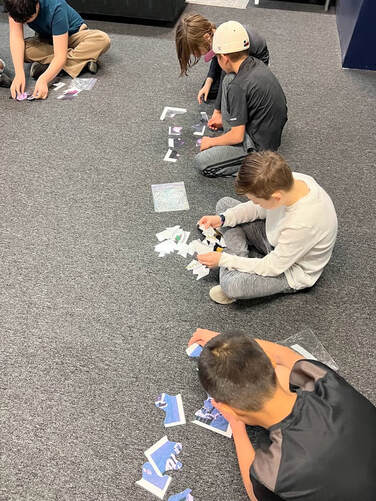
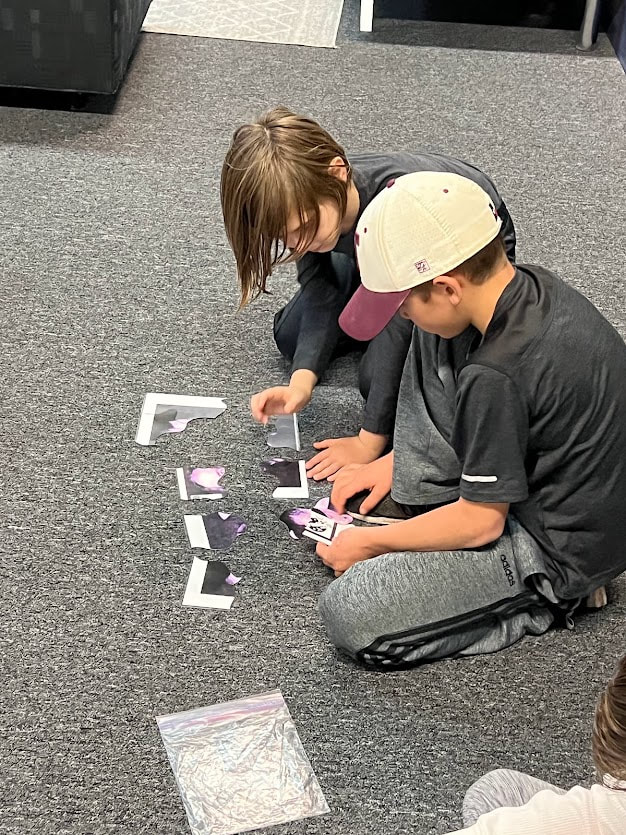
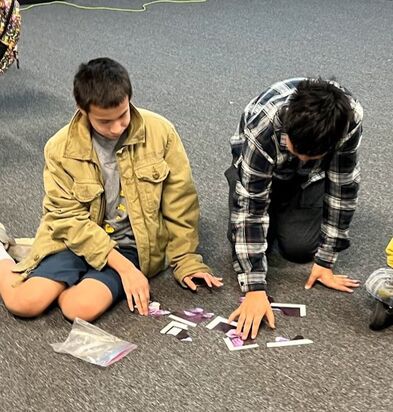
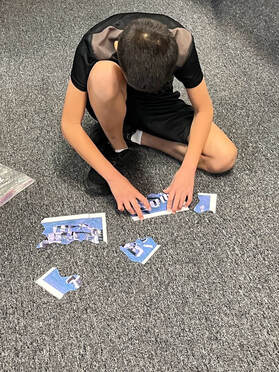
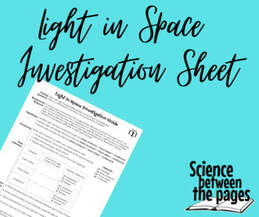
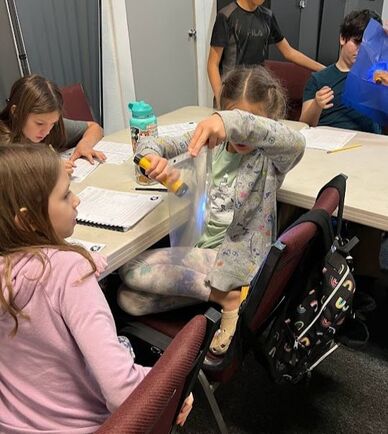
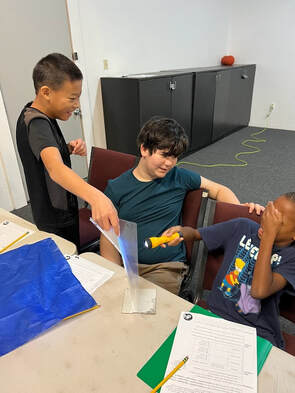
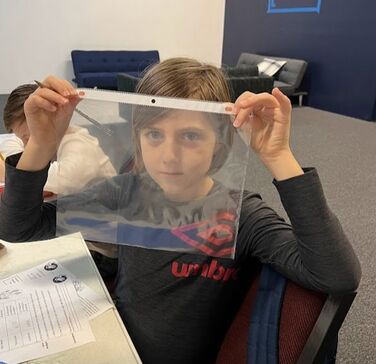
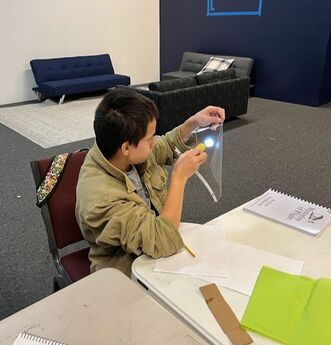
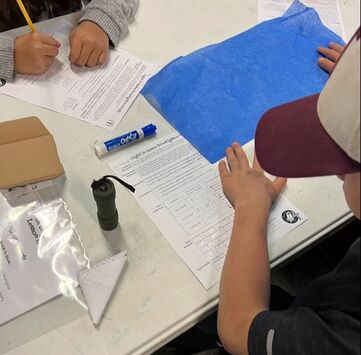
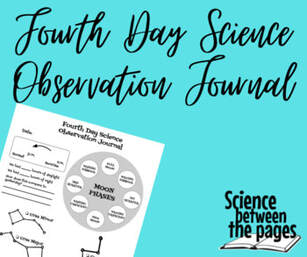
 RSS Feed
RSS Feed